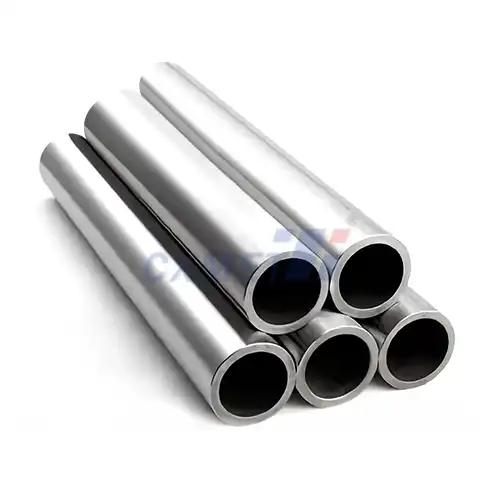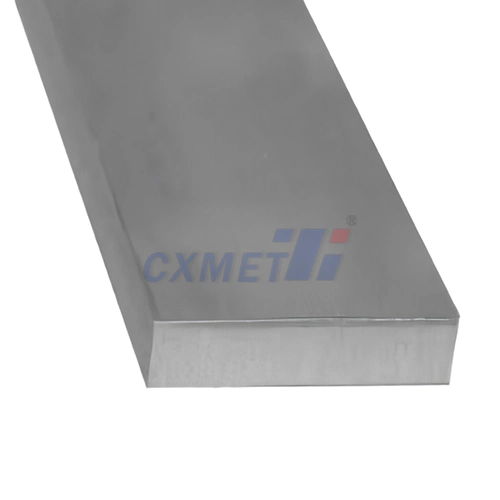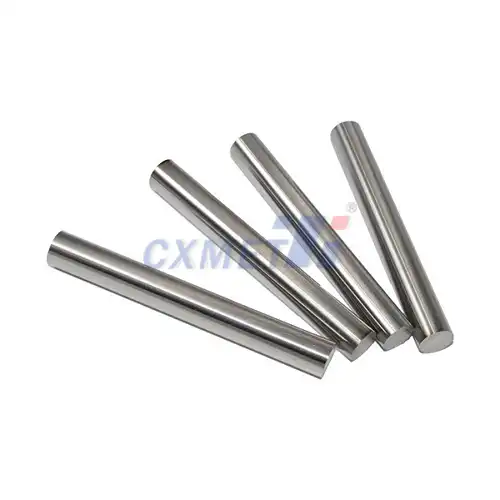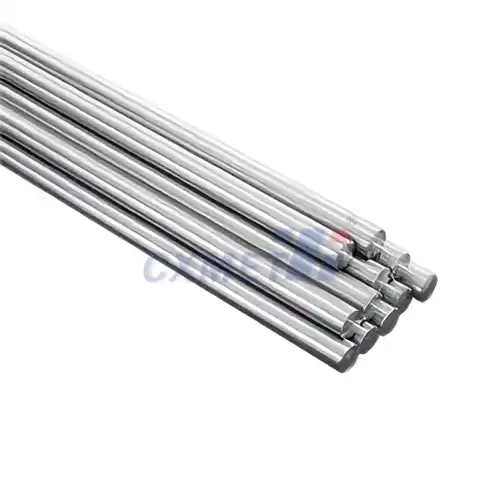- English
- French
- German
- Portuguese
- Spanish
- Russian
- Japanese
- Korean
- Arabic
- Greek
- German
- Turkish
- Italian
- Danish
- Romanian
- Indonesian
- Czech
- Afrikaans
- Swedish
- Polish
- Basque
- Catalan
- Esperanto
- Hindi
- Lao
- Albanian
- Amharic
- Armenian
- Azerbaijani
- Belarusian
- Bengali
- Bosnian
- Bulgarian
- Cebuano
- Chichewa
- Corsican
- Croatian
- Dutch
- Estonian
- Filipino
- Finnish
- Frisian
- Galician
- Georgian
- Gujarati
- Haitian
- Hausa
- Hawaiian
- Hebrew
- Hmong
- Hungarian
- Icelandic
- Igbo
- Javanese
- Kannada
- Kazakh
- Khmer
- Kurdish
- Kyrgyz
- Latin
- Latvian
- Lithuanian
- Luxembou..
- Macedonian
- Malagasy
- Malay
- Malayalam
- Maltese
- Maori
- Marathi
- Mongolian
- Burmese
- Nepali
- Norwegian
- Pashto
- Persian
- Punjabi
- Serbian
- Sesotho
- Sinhala
- Slovak
- Slovenian
- Somali
- Samoan
- Scots Gaelic
- Shona
- Sindhi
- Sundanese
- Swahili
- Tajik
- Tamil
- Telugu
- Thai
- Ukrainian
- Urdu
- Uzbek
- Vietnamese
- Welsh
- Xhosa
- Yiddish
- Yoruba
- Zulu
What Material is Used for Lap Joint Flanges?
2024-07-26 10:54:15
Lap joint flanges are crucial components in various piping systems, used to connect pipes, valves, and other equipment. These flanges are designed with a lap that fits over the pipe, allowing for easier alignment and installation. When it comes to selecting the right material for lap joint flanges, engineers and manufacturers have several options to choose from, depending on the specific application requirements. Common materials include stainless steel, carbon steel, alloy steel, and various non-ferrous metals. However, one material that has gained significant attention in recent years for its exceptional properties is titanium. In this blog post, we'll explore the use of titanium in lap joint flanges and compare it to other materials.
How do titanium lap joint flanges compare to other materials?
Titanium lap joint flanges offer a unique combination of properties that set them apart from flanges made of other materials. To understand how titanium compares to other common flange materials, let's examine its characteristics in relation to stainless steel, carbon steel, and alloy steel.
1. Strength-to-weight ratio: Titanium has an exceptionally high strength-to-weight ratio, surpassing that of stainless steel and carbon steel. This means that titanium flanges can provide the same or even greater strength while being significantly lighter. In applications where weight is a critical factor, such as aerospace or offshore installations, titanium lap joint flanges offer a clear advantage.
2. Corrosion resistance: One of the most notable features of titanium is its outstanding corrosion resistance. Titanium forms a stable, protective oxide layer on its surface when exposed to air or water, making it highly resistant to various corrosive environments. This property gives titanium an edge over carbon steel and even some grades of stainless steel, especially in harsh chemical processing or marine applications.
3. Temperature resistance: Titanium maintains its strength and integrity across a wide range of temperatures. It performs well in both cryogenic applications and high-temperature environments, up to about 600°C (1112°F). While some high-alloy steels can withstand higher temperatures, titanium's combination of temperature resistance and other properties makes it a versatile choice for many applications.
4. Cost: It's important to note that titanium is generally more expensive than stainless steel, carbon steel, or alloy steel. However, when considering the total lifecycle cost of a piping system, titanium's durability and resistance to corrosion can offset the initial higher investment in many cases.
5. Machinability: Titanium can be more challenging to machine compared to steels, which may impact manufacturing costs and lead times. However, advancements in machining techniques have made working with titanium more manageable in recent years.
6. Galvanic corrosion: When in contact with other metals, titanium can potentially cause galvanic corrosion due to its nobility in the galvanic series. This factor needs to be considered when designing systems that incorporate titanium flanges with components made of different materials.
In summary, while titanium lap joint flanges may not be the best choice for every application, they offer a compelling combination of strength, light weight, and corrosion resistance that makes them ideal for specific industries and environments where these properties are crucial.
What are the advantages of using titanium for lap joint flanges?
Titanium lap joint flanges offer several distinct advantages that make them an attractive option for certain applications. Let's explore these benefits in detail:
1. Exceptional corrosion resistance: As mentioned earlier, titanium's ability to form a protective oxide layer gives it superior corrosion resistance. This property is particularly valuable in industries dealing with aggressive chemicals, seawater, or other corrosive environments. Titanium lap joint flanges can withstand exposure to chlorides, sulfides, and other corrosive substances that would quickly degrade many other metals. This resistance translates to longer service life, reduced maintenance requirements, and improved safety in critical applications.
2. High strength-to-weight ratio: The lightweight nature of titanium, combined with its high strength, makes it an excellent choice for applications where weight reduction is crucial. In aerospace, marine, and offshore industries, using titanium lap joint flanges can contribute to overall weight savings without compromising on structural integrity. This can lead to improved fuel efficiency in vehicles and aircraft, or reduced load on support structures in offshore platforms.
3. Biocompatibility: Titanium is known for its biocompatibility, making it suitable for use in medical and pharmaceutical applications. Titanium lap joint flanges can be used in equipment for producing medications, medical devices, or in facilities where maintaining a sterile environment is critical.
4. Temperature performance: Titanium maintains its mechanical properties over a wide range of temperatures. This makes titanium lap joint flanges suitable for use in both cryogenic applications and high-temperature environments. The material's low thermal expansion coefficient also contributes to maintaining seal integrity in fluctuating temperature conditions.
5. Low magnetic permeability: Titanium is non-magnetic, which can be advantageous in applications where magnetic interference needs to be minimized, such as in certain scientific instruments or specialized industrial equipment.
6. Resistance to erosion and cavitation: Titanium exhibits excellent resistance to erosion and cavitation damage. This property is particularly beneficial in applications involving high-velocity fluid flow or in pumps and valves where cavitation can be a concern.
7. Long-term cost-effectiveness: While the initial cost of titanium lap joint flanges is higher than that of flanges made from more common materials, the long-term benefits can often justify the investment. The extended service life, reduced maintenance needs, and potential weight savings can result in lower total cost of ownership over the lifecycle of the equipment.
8. Aesthetic appeal: In applications where appearance matters, titanium offers an attractive, modern look. Its natural silver-gray color and the option for various surface finishes can enhance the visual appeal of equipment or architectural elements.
9. Recyclability: Titanium is 100% recyclable, which aligns with growing environmental concerns and sustainability initiatives in many industries. At the end of their service life, titanium lap joint flanges can be recycled and repurposed, reducing waste and environmental impact.
10. Customizability: Titanium can be alloyed with other elements to enhance specific properties, allowing for the creation of customized lap joint flanges tailored to particular application requirements.
While these advantages make titanium lap joint flanges an excellent choice for many specialized applications, it's important to note that they may not be the most cost-effective or necessary solution for all situations. A thorough analysis of the specific application requirements, environmental conditions, and long-term operational costs should be conducted to determine if titanium is the optimal material for a given project.
In which industries are titanium lap joint flanges commonly used?
Titanium lap joint flanges find applications across various industries due to their unique properties. Let's explore some of the key sectors where these components are commonly utilized:
1. Aerospace and Defense: The aerospace industry is one of the largest consumers of titanium products, including lap joint flanges. In aircraft and spacecraft construction, titanium's high strength-to-weight ratio is crucial for reducing overall weight while maintaining structural integrity. Titanium lap joint flanges are used in fuel systems, hydraulic lines, and other critical piping applications where corrosion resistance and weight savings are paramount.
2. Chemical Processing: The chemical industry often deals with highly corrosive substances that can quickly degrade many metals. Titanium lap joint flanges are employed in chemical processing plants for handling aggressive chemicals such as chlorine, sulfuric acid, and other corrosive compounds. Their use helps extend the lifespan of equipment and reduces the risk of leaks or failures due to corrosion.
3. Oil and Gas: In offshore oil and gas extraction, titanium lap joint flanges are used in seawater cooling systems, firewater systems, and other applications where exposure to saltwater is a concern. The material's corrosion resistance helps prevent issues related to galvanic corrosion and pitting, which are common problems in marine environments.
4. Power Generation: Titanium lap joint flanges find applications in power plants, particularly in cooling water systems for both conventional and nuclear power stations. Their resistance to erosion and corrosion makes them suitable for handling seawater or brackish water used in cooling processes.
5. Desalination Plants: In facilities that convert seawater into fresh water, titanium components, including lap joint flanges, are often used due to their excellent resistance to saltwater corrosion. This helps ensure the longevity and reliability of the desalination equipment.
6. Pulp and Paper: The pulp and paper industry involves the use of various chemicals and high-temperature processes. Titanium lap joint flanges are employed in areas where corrosion resistance and durability are essential, such as in chemical recovery boilers and bleaching equipment.
7. Medical and Pharmaceutical: Titanium's biocompatibility makes it an excellent choice for equipment used in the production of pharmaceuticals and medical devices. Titanium lap joint flanges can be found in sterile processing equipment and in facilities where maintaining a clean, corrosion-free environment is critical.
8. Food and Beverage Processing: In certain food and beverage processing applications, particularly those involving acidic products or where stringent cleanliness standards are required, titanium lap joint flanges may be used to ensure product purity and equipment longevity.
9. Semiconductor Manufacturing: The semiconductor industry requires ultra-pure environments and materials that don't introduce contaminants. Titanium lap joint flanges may be used in gas distribution systems and other critical applications where material purity and corrosion resistance are essential.
10. Marine and Shipbuilding: In shipbuilding and marine applications, titanium lap joint flanges are used in seawater-cooled heat exchangers, desalination equipment, and other systems exposed to saltwater. Their corrosion resistance helps prevent issues related to galvanic corrosion, which is a significant concern in marine environments.
While titanium lap joint flanges offer significant advantages in these industries, it's important to note that their use is often reserved for critical applications where the benefits outweigh the higher initial cost. In many cases, they are used selectively in conjunction with other materials to optimize system performance and cost-effectiveness.
The choice to use titanium lap joint flanges in any industry should be based on a careful evaluation of factors such as operating conditions, environmental exposure, required service life, and overall system requirements. Consulting with materials experts and conducting a thorough cost-benefit analysis can help determine whether titanium is the most suitable material for a specific application.
In conclusion, while titanium lap joint flanges may not be the default choice for all piping systems, they offer unique advantages that make them invaluable in certain industries and applications. Their combination of corrosion resistance, strength, and light weight continues to drive innovation and improve performance in some of the most demanding environments across various sectors.
At SHAANXI CXMET TECHNOLOGY CO., LTD, we take pride in our extensive product range, which caters to diverse customer needs. Our company is equipped with outstanding production and processing capabilities, ensuring the high quality and precision of our products. We are committed to innovation and continuously strive to develop new products, keeping us at the forefront of our industry. With leading technological development capabilities, we are able to adapt and evolve in a rapidly changing market. Furthermore, we offer customized solutions to meet the specific requirements of our clients. If you are interested in our products or wish to learn more about the intricate details of our offerings, please do not hesitate to contact us at sales@cxmet.com. Our team is always ready to assist you.
References:
1. Titanium Information Group. (2021). "Titanium in Industry: Applications and Benefits."
2. American Society for Testing and Materials. (2020). "ASTM B381 - Standard Specification for Titanium and Titanium Alloy Forgings."
3. Schweitzer, P. A. (2017). "Corrosion of Linings and Coatings: Cathodic and Inhibitor Protection and Corrosion Monitoring." CRC Press.
4. International Titanium Association. (2022). "Titanium Applications in Chemical Processing."
5. Donachie, M. J. (2000). "Titanium: A Technical Guide." ASM International.
6. Peters, M., Kumpfert, J., Ward, C. H., & Leyens, C. (2003). "Titanium Alloys for Aerospace Applications." Advanced Engineering Materials, 5(6), 419-427.
7. Schutz, R. W., & Watkins, H. B. (1998). "Recent developments in titanium alloy application in the energy industry." Materials Science and Engineering: A, 243(1-2), 305-315.
8. Boyer, R. R. (1996). "An overview on the use of titanium in the aerospace industry." Materials Science and Engineering: A, 213(1-2), 103-114.
9. Faller, K., & Froes, F. H. (2001). "The use of titanium in family automobiles: Current trends." JOM, 53(4), 27-28.
10. Lutjering, G., & Williams, J. C. (2007). "Titanium." Springer Science & Business Media.





2.webp)